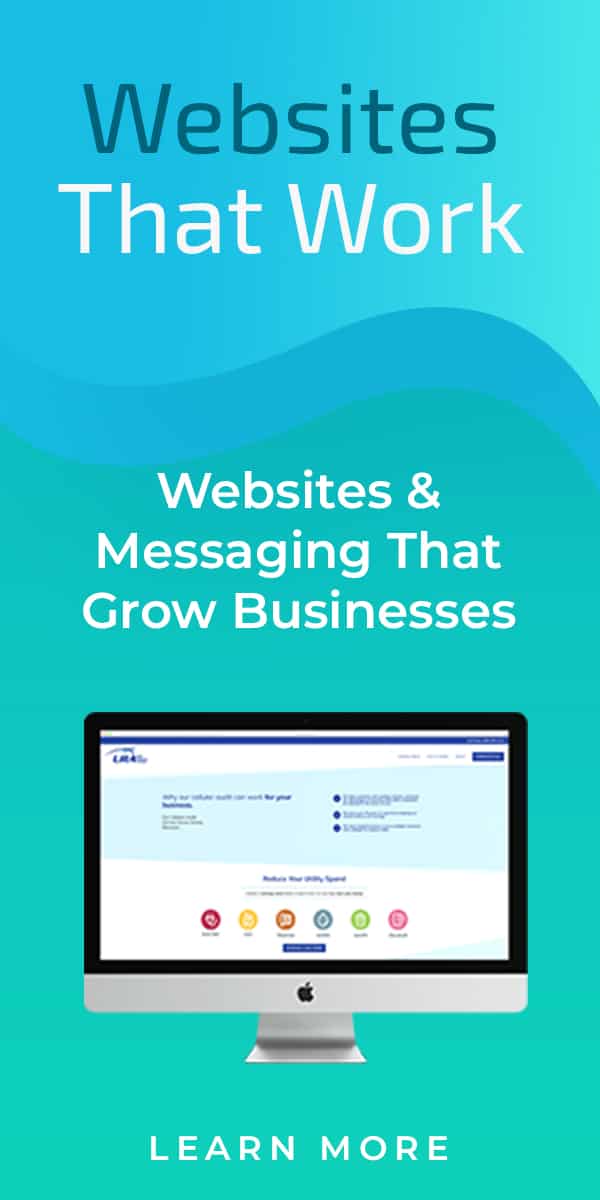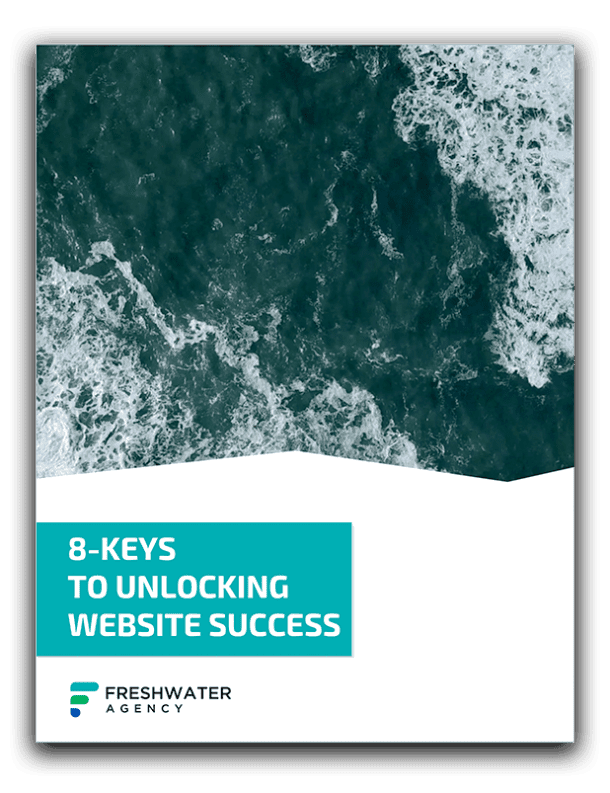“I can’t do that right now.”
“You should have just come to me.”
You may not have realized it but these phrases are negative in nature. Many people assume that negative phrases make them look tough and no-nonsense, but they can actually be hurting your personal brand at work or in your business. Your mode of communication is just as important, if not more important, than how you dress or carry yourself, and it goes far beyond just avoiding certain four-letter words; it goes to the very heart of how you phrase your sentences.

The Impact of Phrasing
There is a myriad of reasons as to why negative phrasing is so impactful. One is that you come across as unfriendly or even uncooperative. Instead of searching for solutions, you sound as though you’re simply placing barriers in the way of others. It can also denote a lack of empathy, as most people don’t want to be spoken to in the negative, and it makes others feel as though they’re being blamed.
Alternatively, positive phrasing casts you as a leader and as someone who is willing to work with others to overcome difficulties. You also demonstrate that you value others and would rather lift them up when possible.
Now, compare the two preceding paragraphs. Which one makes you feel better? The first one is full of negative language, throwing criticisms at the reader and maybe even making him or her feel defensive. The second one uses positive phrasing and affirms how most people feel about themselves: that they are leaders who can get things done and are good people to boot.
Science has proved that people respond better to positivity than negativity and that people regard positive communication as clearer than its negative counterpart. This means that the ability to phrase your words in such a way is incredibly helpful, even career-boosting, as so many people unconsciously use negative phrasing without thought.
Not only is this good for verbal communication, but you should also follow this advice for written language – in everything from memos to marketing copy. Even in your personal life, positive communication builds relationships.

Building Good Tone
Tone conveys your attitude and intention during your encounters with others. An upbeat tone indicates that you’re someone safe to talk to, that you aren’t crabby or looking to chew someone out. In written communication, tone also establishes the emotional quality of your writing in absence of visual cues, such as facial expressions and body language.
While some people may strut along, speaking in a sing-song voice whenever they talk, this isn’t necessary for establishing a good tone in your own communication. The bedrock of a good tone is to convey optimism. Approach others, whether your co-workers, boss, employees, or potential leads and customers, with a glass-half-full mentality.
Some ways to do this:
Get rid of “If only…” – beginning sentences this way can come off as pessimistic and it’s usually an indicator that you’ll be using double negatives in your sentence as well.
For example: Instead of saying, “If only he wasn’t late, we’d be done by now!” you could say, “If he’d come on time, we’d be finished.” It may not seem like much, but it’s a better way of speaking that our subconscious doesn’t register as overly pessimistic.
Another negative phrase that can easily be replaced is “not too bad” in response to when someone asks how you are. If you can’t honestly say you’re doing great you can substitute this phrase by saying you’re feeling “pretty good” or “doing well” – this highlights the glass-half-full mentality.

Remove Negative Vocabulary
Have you ever heard a song with depressing lyrics but a deceptively upbeat tune? Or maybe you’ve watched the scene from Mel Brooks’ “Robin Hood: Men in Tights” where Prince John asks the Sheriff of Nottingham to give him bad news in a good way, to the laughter of audiences and the horror of the usurper prince the sheriff proceeds to tell a tale of how Robin came back from the crusades and “just beat the crap out of me and my men!”
If you have, you’d know that good tone alone isn’t enough to turn negative communication into something positive.
Rephrasing
Words like “can’t”, “don’t”, and “stop” should be removed and rephrased. You might be wondering how to do that when the positive forms of those verbs would mean the opposite of what you want to say – this is where qualifiers come in handy. For example, instead of saying “I can’t do that right now” you would say “I can do that later” or “I can do that once I wrap up this project.” You could also ditch that verb altogether and simply say “I’ll get started on that as soon as possible.”
When requesting that someone discontinues a behavior, saying something like “don’t play that music so loud!” could be changed to a question: “could you turn that down a bit?”
In a more serious business setting – especially when speaking to clients, instead of saying “don’t do X” or “stop doing X” you could say “in our experience Y is the best course of action because…” This way you are avoiding any negative phrasing and offering up a helpful explanation as to why they should make this adjustment.
To get the ball rolling, positive words you can include in conversation are “benefit”, “easy”, and “effective.”

Use Constructive Emphasis to Move Toward a Goal
Sometimes, especially in marketing and sales pitches, it’s important to be negative for a while. Any decent copywriter will emphasize the need to present a problem and twist the knife so as to prompt a lead to take action and become a customer. This is a truth in business, but how you choose to emphasize these pain points is the difference between effective marketing and ineffective communication.
If a prospect knows that a solution is headed their way, they’ll be less likely to be hurt by your temporary negativity. Of course, you can also re-frame your pitch like this:
Original: Sick of taking your washing machine totally apart just to clean out the filter? A new washing machine might be what you need!
Reframed: Treat yourself to an efficient washing machine, complete with a convenient door to the filter!
Both of these will work, but the second example uses positive language to emphasize the solution while keeping the pain point intact.

Final Thoughts
Positive language doesn’t have any downsides and is easy to implement into your speech and writing with a little practice. In time, it will become second nature and set a good example to others.
It can score you points with the boss, too, by showing off how efficient and conscientious you are. In fact, it can even help build rapport with customers, solve workplace conflicts, and increase your value as a team member.


